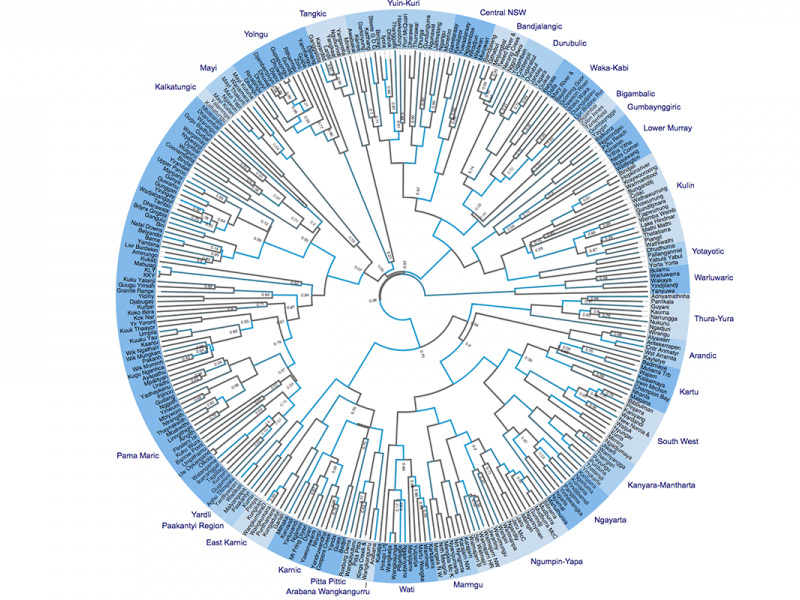Atkinson said the origin would be most likely to be south of the Gulf of Carpentaria, which fits "nicely" with archaeological evidence.
Scientists have a general idea of how long it takes language to change, which Atkinson said allowed his team to conclude the expansion began around 6,000 years ago.
But he said some pieces of the puzzle are still missing.
"Indigenous Australians were traditionally hunter-gatherers, and remained so until European contact. This means that standard explanations for what drives the expansion of language – adopting new agricultural technology for example – cannot apply in the Australian case."
He found that language movement often was different to genetic movement, which Atkinson said implied language did not move with large populations, but new ideas or technology.
"A number of fascinating proposals have been put forward, including innovative stone tools, food processing technologies and new ceremonial and marriage practices, although as yet the precise mechanisms at work remain a mystery.”
The team also found that language tended to change slowly in areas around water.
Atkinson said if a group is near water they're likely to have more abundant resources, which means they would need to move less. But water does improve mobility, which he said would prevent isolation and allow a language to become more established.
However, over half of these 300 hundred languages have gone extinct.
Atkinson said these languages need to be preserved, they're important to research and to the people who speak them.


